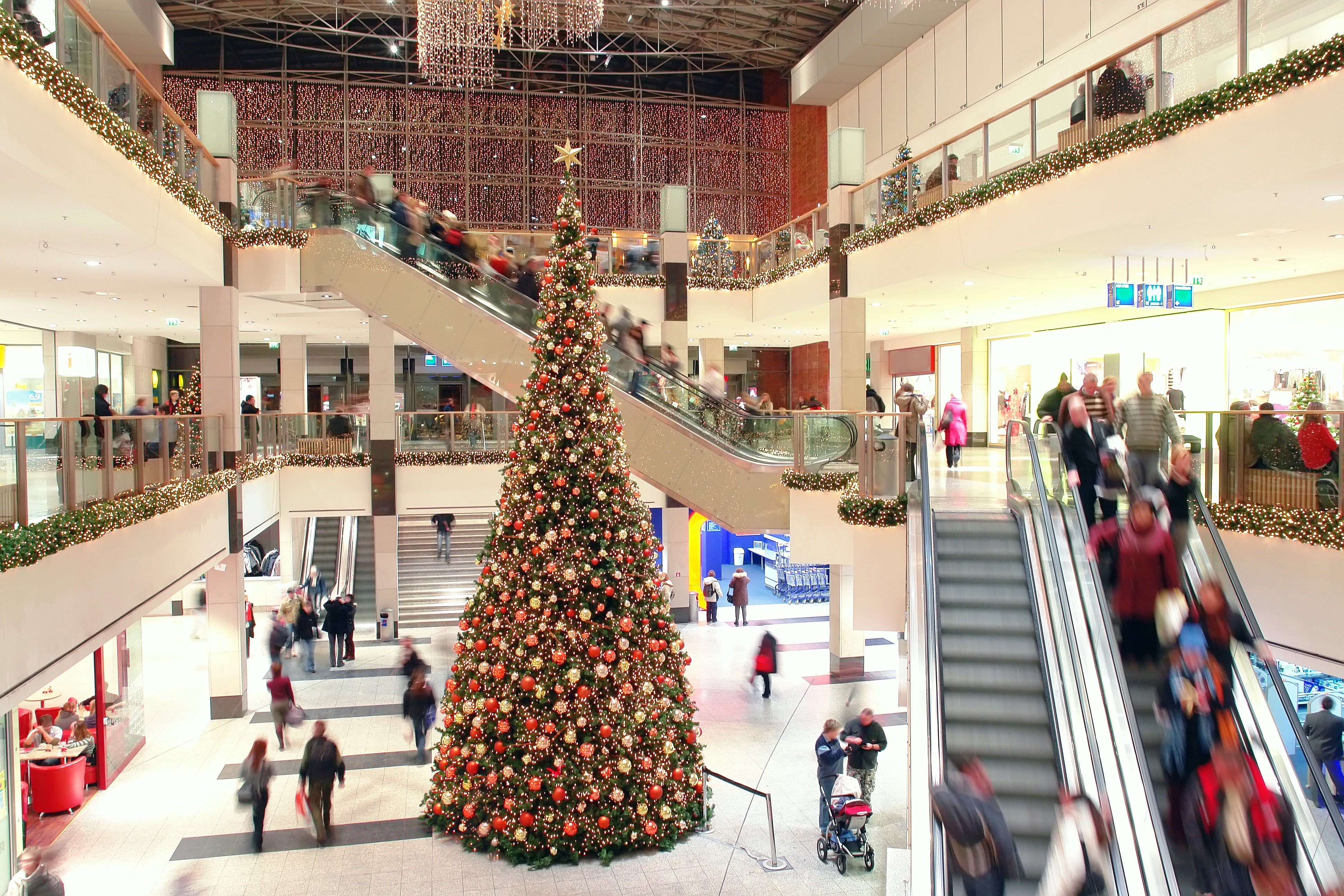If you think it’s beginning to look a lot like Christmas—well, you’re right.
Even as the Halloween ghoul and ghost decorations adorn homes and stores around America, the nation’s biggest retailers are continuing their relentless push to make the winter holiday shopping season start earlier, last longer, be more expansive and, ultimately, more profitable. Just about every big national chain has unleashed its own version of an early shopping event—whether digital, in-store or both—designed to entice shoppers to start stuffing their stockings nearly three months before Santa’s arrival.
If Black Friday used to signal the start of the post-Thanksgiving Christmas rush, it has largely been relegated to a pale shade of its former self, increasingly irrelevant to both sellers and buyers. This early October start (not to be confused with ersatz Christmas-in-July promotions) is driven partly by long-term strategy and partly by the immediate necessity to clear bloated inventories and get shoppers back into the buying mode after lackluster summer business.
In light of rising inflation combined with easing supply chain bottlenecks and production costs, the retail business finds itself sitting on too much merchandise—and, worse, often the wrong merchandise. Retailers are determined to clear out the back rooms and warehouses, and foist all of this “stuff” upon American shoppers who can’t say no to a bargain.
Among the more prominent promotions over the past week have been Amazon’s second Prime Day event of 2022, a two-day affair with early access for Prime members and prices that may or may not be amazing. The discounting dynamic duo Walmart and Target both broke early Black Friday promotions in stores and online, with the latter saying this was the start of a six-week-long blitzkrieg that will take it to Thanksgiving. Kohl’s, which never met a season when it wasn’t running a sale of some sort, staged its two-day Deal Dash—which of course featured its ubiquitous Kohl’s Cash premium and was hard to distinguish from its regular promotional activity. And Bed Bath & Beyond, perhaps the most desperate home retailer in America at the moment, rolled out a digital coupon for 25 percent off, a weapon it has only begun to deploy.
None of this frenzy of feverish ferment should be interpreted as a replacement for the usual holiday activities as the end of the year approaches. Statistics from the U.S. Census Bureau show inventory levels at general merchandise stores up 30 percent from a year ago, withconsumer spending increasingly directed at leisure and pleasure activities rather than in the pursuit of more stuff. Worries about gas prices, egg prices (and pretty much most prices) are spooking consumers even though wages continue to climb and employment levels remain high.
Still, many forecasts for holiday spending are encouraging, if not outright exuberant. PwC, parent of the big accounting firm PricewaterhouseCoopers, is forecasting that about three-quarters of all consumers plan to spend “the same or more” this holiday season compared to last year, with 35 percent of the population planning to spend more than a year ago. That’s 20 percent more than the pandemic Christmas of 2020. Curiously, the biggest spending increases will come from millennials, up 11 percent over 2021.
But if you’re encouraged by all of this, take the numbers with a few lumps of coal: Half of this spending will be on gifts, but the other half will be on travel and entertainment, which is not of much use to stores trying to sell their wares.
Placer.ai, the in-store traffic-monitoring organization, predicts another split in holiday spending this season, with consumer behavior “bifurcated” between luxury and budget shoppers—the former increasing, and the latter cutting back their purchases. While confirming the services-over-physical-goods trend, it did forecast better results for retailers focused on beauty, fitness and, notably, home entertaining categories, which “should see increased demand ahead of the holidays.”
Whatever the spending level, wherever it’s happening and whoever is doing it, it’s quite clear it’s already in motion—and you haven’t even bought your candy for the trick-or-treaters yet.
Homepage image: ©Roman Milert | Adobe Stock
____________
Warren Shoulberg is the former editor in chief for several leading B2B publications. He has been a guest lecturer at the Columbia University Graduate School of Business; received honors from the International Furnishings and Design Association and the Fashion Institute of Technology; and been cited by The Wall Street Journal, The New York Times, The Washington Post, CNN and other media as a leading industry expert. His Retail Watch columns offer deep industry insights on major markets and product categories.





























